This is the time of year where college seasons have wrapped and players are starting to sign with their NHL teams. Most of these guys will have no relevance in the fantasy game at any point of their careers, but they are worth noting because a gem is found every once in a while like Torey Krug, Zach Hyman, and Kevin Hayes (whether they refused to sign with the team that drafted them or otherwise). Anyway, the Oilers signed forward Carl Berglund out of UMass:
Berglund has 66 points in his last 80 games in Hockey East and as the team mentioned, he will report to the AHL. Outside of a handful of forwards, every roster spot in Edmonton is up for grabs every September so he has a chance to get to the NHL quickly if he can prove himself. The end of that sentence is the important part.
*
Good news for Columbus goaltending and Elvis Merzlikins:
Maybe not good news for people that may have been streaming Tarasov, though that may be a mercy at this point.
*
To hit 30 goals on the season, Sidney Crosby had to unleash one of his patented backhanders on Wednesday night against Colorado. It was a good one, to say the least:
Just another incredible goal from a player that never seems to age.
*
It was a slow news day, but the NHLPA released their player poll on things like top forward, top defenceman, most underrated and so forth. The most underrated, in my opinion, is Elias Pettersson. Not because he has a perception of being bad, but because outside of the Connor McDavid–Auston Matthews–Nathan MacKinnon triumvirate, Pettersson has a real case at being the best forward in the NHL. He is not a lock or anything, but he's someone I would discuss in the same breath as names like Kirill Kaprizov, David Pastrnak, Matthew Tkachuk, Aleksander Barkov, and Leon Draisaitl, and I'm not sure that's how he's viewed, or anything close to it. In fact, ESPN's player survey from last month had him outside the top-12 centres in the NHL, and TSN had him outside the top-50 players in the NHL at the outset of the 2022-23 campaign.
Over the last three seasons, Pettersson is 28th among forwards in points per minute. That is easily 90th percentile, but not super-elite. In that span, however, his most-common line mate at 5-on-5 is Brock Boeser, who spent 872 minutes alongside Pettersson. Overall, the Vancouver pivot had 2371 minutes at 5-on-5, meaning Boeser was on his wing nearly 37% of the time. Boeser is not a high-end forward, and that was Pettersson's most-common line mate. For reference, over the last three seasons, MacKinnon has spent 73% of his 5-on-5 time with Mikko Rantanen next to him and Matthews has had Marner next to him for 64% of his 5-on-5 TOI. McDavid is McDavid and doesn't need a reference here. It is just to say that the high-end players often have at least one other high-end player next to them. Pettersson's two most-common line mates over the last three years are Boeser and Andrei Kuzmenko, and Kuzmenko has been with Vancouver for one season. Pettersson does not have an elite line mate to bounce off of, and there has been a steady rotation of guys on and off his line. For a guy with a 91st percentile production rate to do that while having to constantly carry his line is patently absurd. Yes, I do think he is tremendously underrated and with Vancouver hitting the reset button, I don't think that changes anytime soon.
*
In my Ramblings last Tuesday, we discussed shot rates among defencemen this season, what it's meant for their fantasy value, and what it could mean next season (or further into the future). One of the names mentioned, but not discussed, was that of Dallas defenceman Miro Heiskanen. The reason is a deeper dive on him is necessary not only because of his shot fluctuations, but his new role, his growth as a future Norris Trophy contender, and what he could look like in the fantasy game for seasons to come. Let's dig into Heiskanen's season, the changes that have happened over his career, how that has helped (or hurt) his fantasy value, and what it means moving forward. As usual, data from our Frozen Tools or Natural Stat Trick will be relied upon unless otherwise indicated.
In general, it didn't take long for Heiskanen to assert himself as not only an NHL defenceman, but a top-pair defenceman. He was drafted third overall in 2017 and was in the NHL 16 months later, skating over 23 minutes a night as a teenager. Putting up 1895 minutes in 82 games as a rookie gave him the third-highest TOI total for any teenage defenceman since 2007, with Drew Doughty (1930 in 2008-09) and Tyler Myers (1945 in 2009-10) being the two ahead of him. In other words, Heiskanen had more TOI as a teenage rookie in 2018-19 than any other in 10 seasons. He replied with 12 goals, 33 points, 182 shots, and an expected goals impact – from Evolving Hockey – that was comparable to a low-end, top-pair blue liner. His career was off to a roaring start.
Things didn't change much, though. His next three seasons saw every campaign between 0.49-0.51 points per game and 2.2-2.4 shots per game. Heiskanen saw his highest shot attempt rate of his first four seasons back in 2019-20 at 12.37/60 minutes, a rate which declined over the next two campaigns. Despite earning more ice time, his shots per game were going down because he was shooting less per minute. John Klingberg being around kept Heiskanen from top PP minutes, which kept his shot totals static. That doesn't mean there weren't changes to his game, though. His rookie season saw him drive play, as we noted, but it was also done getting lots of offensive zone starts and away from elite competition:
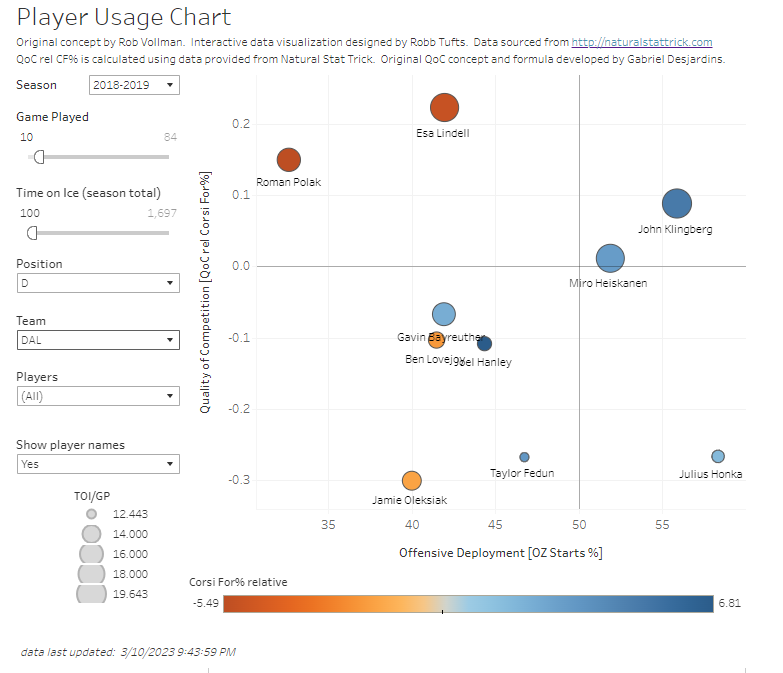
The Finn had about the same usage in his sophomore season before getting more defensive duties. He started more in the defensive zone during the Bubble 2021 season, and by 2021-22, he was starting to take all the tough matchups while still driving play:
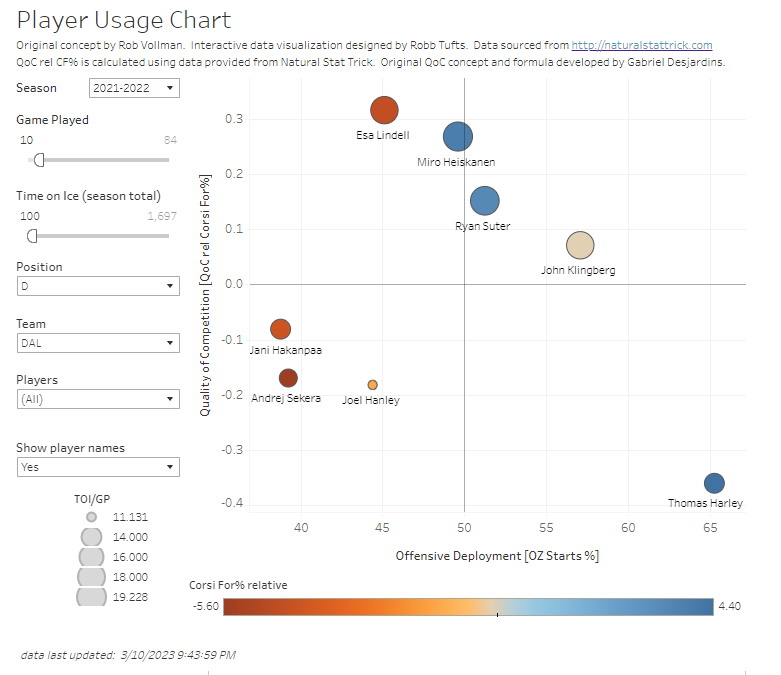
We could point to tough competition being why Heiskanen's shot rates dropped, and that could be part of it. But Dallas, as a whole, didn't improve much offensively. Their shot attempt rates from 2019 through 2022 were virtually identical every season, and that's despite a jump in shots across the league from Bubble 2021 to 2021-22. In other words, in a higher-shooting environment, Dallas didn't improve their own shot rates, and that is something that could easily impact Heiskanen.
It should be noted he greatly improved his defensive prowess as his role evolved, too. Once again, Evolving Hockey had his defensive impacts about neutral as a rookie. Over the next three seasons, from 2019-22, he was 80th percentile by expected goals against impact, or a borderline number-1 defenceman. Things have tailed off this year, and we'll get back to that in a minute, but there's a reason a lot of hockey observers thought he was a Norris Trophy defenceman in the making.
Of course, there's more to being a high-end fantasy defenceman than good shot rates and defence. They need to be able to move the puck, whether with passes or with their feet, proving themselves capable of heavy offensive minutes. From CJ Turtoro's viz, Heiskanen's first two NHL seasons saw him at a second-pair rate by shot assists (passes leading to shots), a number-1 rate by zone entries with control, and a top-pair rate by zone exits with control:
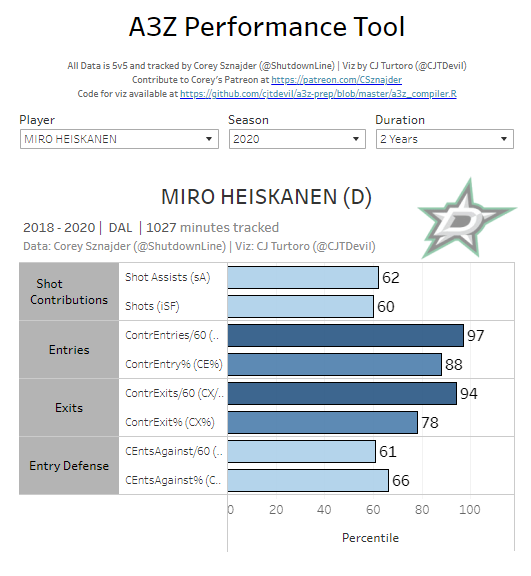
There were reasons Heiskanen was good at driving play for the team as soon as he stepped on an NHL ice surface, and these are some of them. Things were looking good.
Things kept looking good, really. The Bubble 2021 season, per Corey Sznajder's tracking data, saw Heiskanen fourth in the league in controlled zone exits per 60 minutes, trailing only Hampus Lindholm, Quinn Hughes, and Erik Karlsson. He also put up similar zone-entry carry percentages to Cale Makar and Karlsson again. His shot assist rate (7.3/60) led the Stars and was in line with names like Morgan Rielly (7.3/60), Ryan Ellis (7.0/60), and Karlsson (7.6/60). The playmaking was getting better, the zone exits/entries were still great-to-elite, and there was the aforementioned defensive play.
Moving to 2021-22, well, things get even better. He led the league in net controlled zone exits (controlled zone exits per 60 minutes less failed zone exits), had a higher controlled zone entry rate (5.7/60 minutes) than Norris Trophy winner Cale Makar (5.5/60), but his shot assists fell off. Remember that in the Bubble Season, he was at 7.3 per 60 minutes, and that fell to 6.4 per 60 minutes in 2021-22, behind Klingberg, and not even a standard deviation above the league average. There is perhaps a very good reason why the team scored the same with him on the ice in 21-22 at 5-on-5 (2.23 goals/60 minutes) compared to his first two seasons (2.22 goals/60 minutes) despite a higher league scoring environment, and the team generating more expected goals than in recent seasons.
And now we get to this campaign, which has seen the 23-year-old's shot attempt rate reach a career-best 13.73 per 60 minutes, which is roughly 11% higher than his previous best, and is just ahead of names like Aaron Ekblad and Victor Hedman. The team is also scoring 30% more than his previous career-best at 5-on-5 as well. He leads Dallas defencemen in controlled zone exits per minute and is the only defenceman they have that is above the league average in this regard. It isn't an elite rate, more in line with guys like Justin Faulk and Jake McCabe than Makar or Hughes. He is entering the zone with control at an elite rate, though, in line with names like Makar and Hughes. The shot assists aren't improving, however, as he's not far above the league average, and in line again with names like Mike Matheson or Henri Jokiharju rather than Adam Fox or Roman Josi:
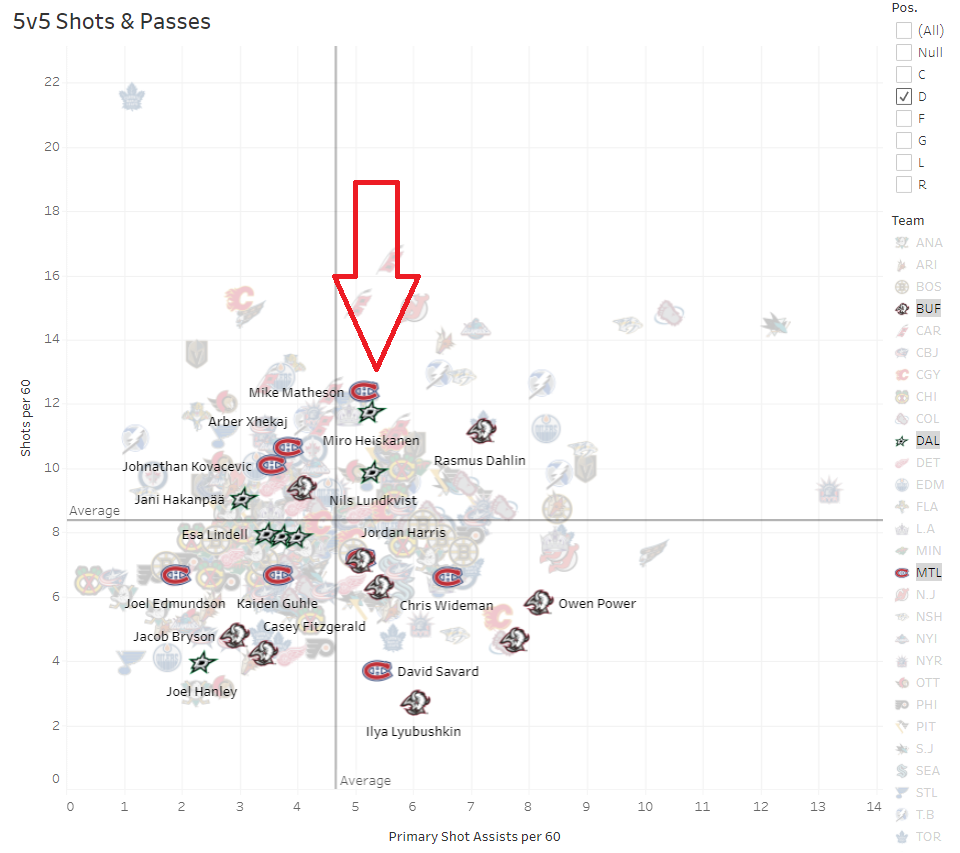
The scoring chance creation data looks even worse, so it doesn't seem as if he's taking massive steps offensively at 5-on-5, and is actually regressing in some areas. Why is the team scoring so much more with him on the ice, then? Is it just luck?
Part of it could be luck, but the team around him matters, too. It is worth noting that when Heiskanen was on the ice without Jason Robertson from 2020-2022, the team scored just 1.6 goals/60 minutes at 5-on-5. It was a problem for the entire roster, as with the top line off the ice in that span, the rest of the team scored just 1.6 goals/60 minutes, identical to Heiskanen without Robertson. When Heiskanen had Robertson on the ice at 5-on-5 over the two seasons from 2020-2022, he posted 1.11 points/60 minutes at 5-on-5. Without Robertson on the ice, Heiskanen's points/60 dropped to 0.75.
That has changed in 2022-23. With the top line off the ice this campaign, rather than scoring 1.6 goals/60 minutes, the team is scoring over 2.3. As a result, Heiskanen's points/60 with Robertson off the ice has climbed from 0.75 to 1.31. An improved roster has helped Heiskanen a lot at 5-on-5, and the added top PP role is the cherry on top of all of this.
There has been a trade-off. The hopeful future Norris winner is having his worst defensive impact season at even strength, and it has led to a worse goals against per minute rate than the Dallas second pair.
To me, this seems like a defenceman trying to incorporate the entire package to be a true number-1 as an improving team takes some of the offensive responsibility from him. He started off his career as a more offensive threat than expected, saw that offence stagnate a bit as his defensive responsibilities piled up, and the offence has largely stayed that way for a few seasons. A better team around him, though, has helped pick up the slack, and he's having a good fantasy season because of it. It seems that he’s genuinely just not being asked to do as much offensively because of the improved forwards, and that might be a good thing for fantasy, at least for now.
There could be cause for concern is the team wasn't so young. Yes, guys like Tyler Seguin, Jamie Benn, Joe Pavelski, and Ryan Suter are getting to the end of their runway but there is still Robertson, Roope Hintz, Ty Dellandrea, Wyatt Johnston, Mason Marchment, Nils Lundkvist, and Oettinger, with the oldest being Marchment at 27 years old. Considering that core (not to mention Logan Stankoven on the way) there should be lots of fantasy goodness for years to come, and Heiskanen is probably still a couple years from hitting his own top gear as well.
It would be nice to see consistent improvement but it's hard to deny Heiskanen right now, even if some micro-stats don't look great. He is still solid-to-great in most important areas, eats a ton of minutes, and has a PP1 role locked in for the time being. It took Victor Hedman five years to scratch the surface of his fantasy upside, Rasmus Dahlin is just getting there in his fifth year, while Charlie McAvoy can't hold on to the top PP role in Boston. Not every defenceman is Cale Makar, and Heiskanen requires a bit of patience to bring it all together, even if he’s having a good fantasy year. Hopefully, some comfort in his new role allows him to tap back into the raw high-end offensive upside he showed earlier in his career. At the least, a better supporting cast will go a long way to keeping his fantasy value afloat, and the PP1 role with climbing shot rates speak to a lot more goodness to come. The next step in his fantasy evolution is incorporating more peripherals like hits and blocks. They may never come but it’s his last hurdle to really reaching that final fantasy plateau.

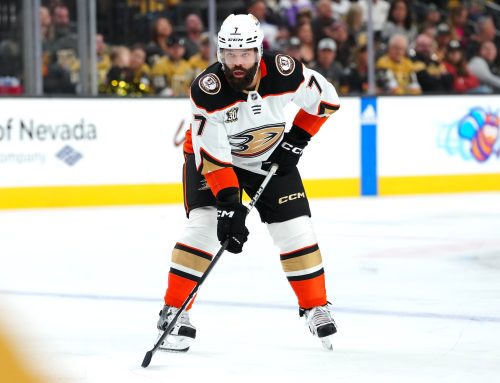

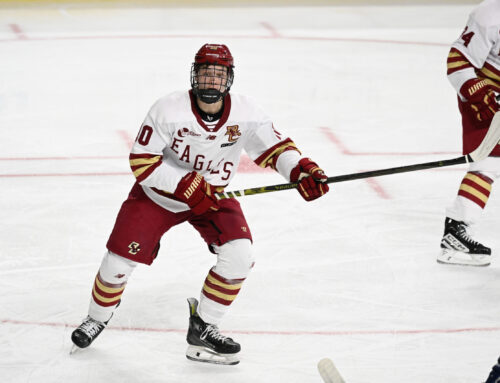

 FLA
FLA CHI
CHI NYR
NYR PIT
PIT L.A
L.A COL
COL CAR
CAR UTA
UTA SEA
SEA
 NYI
NYI TOR
TOR N.J
N.J STL
STL
